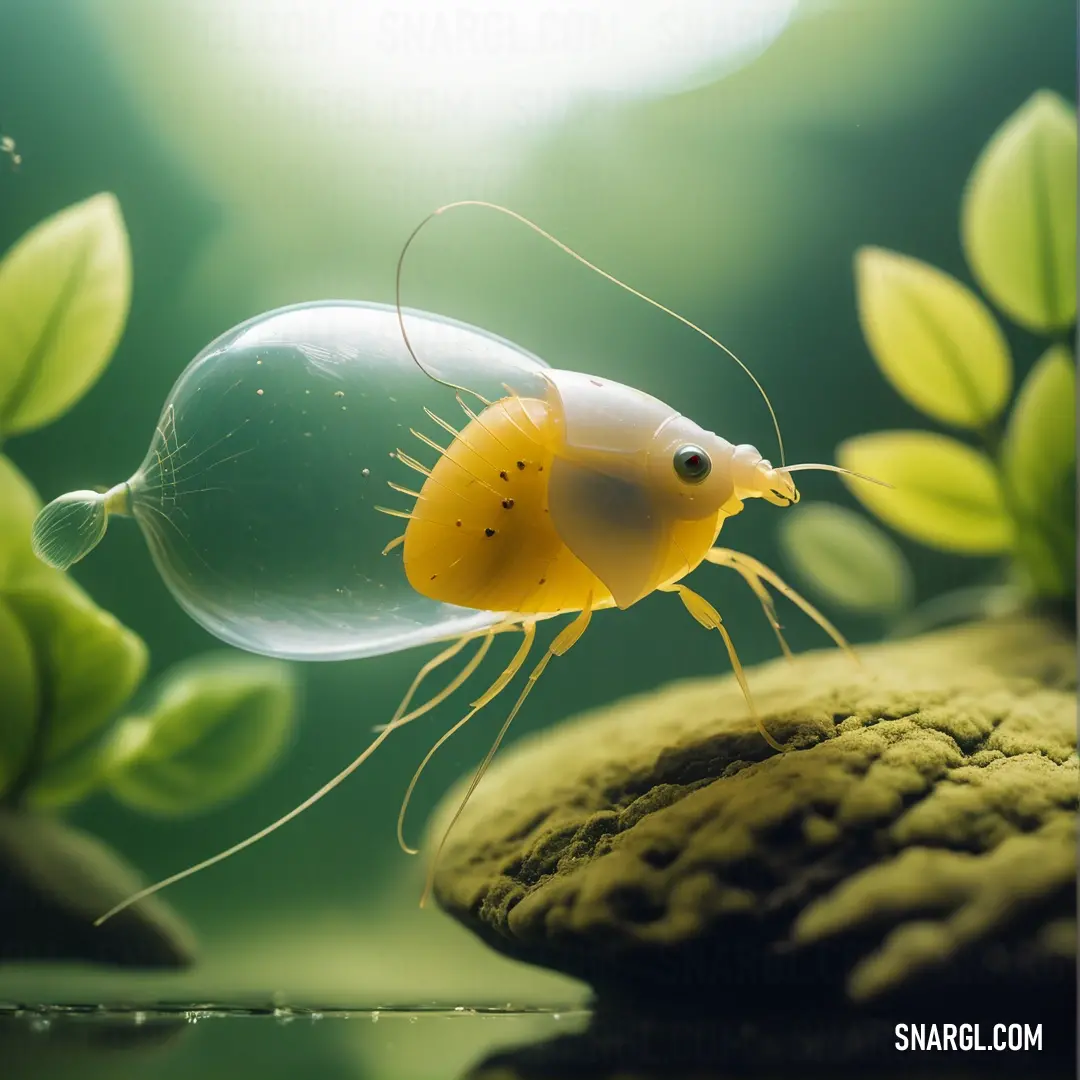Long time ago, in the heart of an enchanting lake, where water lilies danced and sunlight shimmered in every ripple, there lived a daphnia named Bentley. Bentley was no ordinary daphnia; he had a luminous, golden hue and a curious spirit that set him apart from the rest of his tiny world. His days were filled with exploring the watery expanse and marveling at the wonders around him.
One bright morning, Bentley noticed something unusual floating on the surface of the lake - a vibrant, colorful toy that seemed to glow with a magical light. It bobbed gently with the waves, and its brilliant colors caught Bentley's attention. He had never seen anything like it before. Determined to uncover the mystery of this floating marvel, Bentley set off on a daring quest.
As Bentley approached the toy, he was joined by his unlikely ally - Orion, the noble canine officer who patrolled the lakeside. Orion, a majestic German Shepherd with a coat as dark as night and eyes that sparkled with intelligence, had a keen interest in the lake's unique inhabitants. Bentley had often observed Orion from a distance, intrigued by his noble demeanor and the way he looked after the lake's beauty.
"Hello there, Bentley!" Orion called out, noticing the daphnia's determined approach. "I see you're curious about that toy. Mind if I join you on this adventure?"
Bentley, thrilled by the offer of companionship, eagerly agreed. Together, they ventured closer to the floating toy, its colors shifting and shimmering in the sunlight. As they neared, Bentley could see intricate patterns on its surface, patterns that seemed to pulse with an otherworldly energy.
The floating toy began to bob more erratically, as if sensing the presence of Bentley and Orion. Bentley, ever observant, noticed a series of small, glowing symbols etched into the toy. "These symbols... they look like they could be a code!" Bentley said, his tiny eyes wide with excitement.
Orion, with his sharp instincts, suggested they try to decode the symbols. They spent hours working together, Bentley examining the toy's surface closely and Orion using his keen nose to sense any changes in the toy's behavior. Their teamwork paid off when they discovered that the symbols formed a map - a map that led to a hidden treasure beneath the lake.
With a sense of purpose, Bentley and Orion followed the map's directions, diving beneath the surface of the lake. They encountered vibrant underwater gardens and secret caverns, each more mesmerizing than the last. Bentley's tiny size allowed him to navigate through tight spaces, while Orion's powerful swimming and sharp senses guided them through the lake's depths.
At last, they reached the treasure - a magnificent chest encrusted with jewels and covered in shimmering seaweed. Bentley and Orion worked together to open it, revealing a collection of ancient artifacts and a scroll detailing the lake's history. The scroll spoke of a legendary guardian of the lake, a protector who ensured the harmony of the aquatic world.
Realizing the importance of their discovery, Bentley and Orion decided to honor the guardian's legacy. They returned to the surface, bringing the artifacts and the scroll to the lakeside where they could be preserved and appreciated. Bentley and Orion's adventure became a tale told throughout the lake, celebrating their bravery and partnership.
From that day on, Bentley and Orion were known as the lake's greatest heroes. Bentley continued to explore with his boundless curiosity, while Orion remained a vigilant guardian. Their friendship symbolized the unity between land and water, and the floating toy became a cherished reminder of their incredible journey.
And so, the lake thrived under their watchful eyes, a place of wonder and magic, where every ripple told the story of Bentley and Orion's heroic quest.







